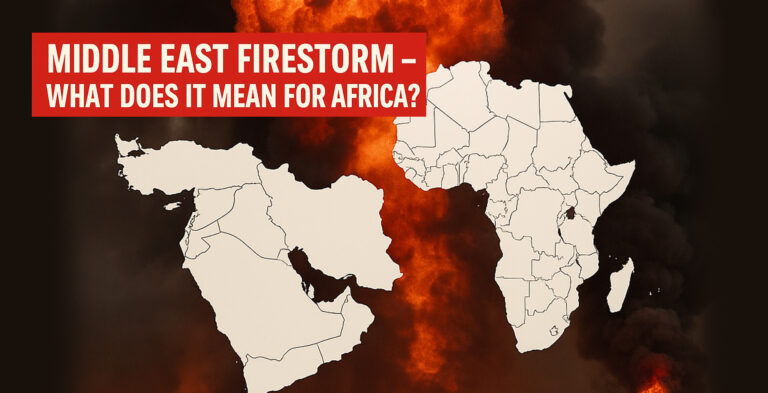President Trump Unveils Sweeping New Tariffs on Global Imports

The “Liberation Day” Tariffs: What’s at Stake?
The tariffs, described by the President as a way to “liberate” U.S. industries, target crucial sectors that form the backbone of global supply chains. Autos, a significant component of U.S. imports, will face tariffs as high as 20%. Likewise, steel and aluminum, vital for construction, infrastructure, and manufacturing, will also be subject to steep levies. Other industries, such as pharmaceuticals and computer chips, will face similar tariffs, raising concerns about the broader impact on production costs and global trade relationships.
Trump has expressed that the tariffs incentivize U.S. manufacturers to ramp up production and innovation, aiming to restore jobs lost to cheaper imports. These measures follow his administration’s longstanding campaign to overhaul international trade agreements and reduce U.S. dependence on foreign-made goods. By imposing these tariffs, the President aims to stimulate the economy and reduce the U.S. trade deficit, which has been a central issue in his economic policy.
Potential Global Trade Tensions
While President Trump’s plan is intended to invigorate U.S. manufacturing, it risks escalating global trade tensions. Countries that export goods targeted by the tariffs, particularly China, Japan, Germany, and Mexico, are likely to retaliate. These nations are major suppliers of steel, automotive components, and electronics to the U.S. economy, and any retaliatory measures could result in a trade war.
Economists and international trade experts have warned that such tariffs could disrupt global supply chains, raising costs for businesses worldwide and increasing consumer prices. These disruptions could particularly affect industries that rely on integrated production systems across borders, including the auto industry, which has significant production facilities in multiple countries.
The U.S. Manufacturing Boost: Is It Sustainable?
The core argument behind Trump’s tariffs is to revive U.S. manufacturing, which has faced increasing competition from lower-cost overseas production. By imposing tariffs on imported goods, Trump hopes to make U.S. goods more competitive in the global market, leading to an uptick in domestic output and employment. However, experts have questioned whether this approach will lead to sustainable growth in manufacturing jobs.
The reality of the U.S. manufacturing sector is complex. While some industries may benefit from reduced competition from imports, others might face higher production costs due to the tariffs on essential raw materials such as steel and aluminum. Additionally, many manufacturers in the U.S. rely on imported parts and materials to keep their production costs low. Tariffs on these imports could force businesses to pass on higher costs to consumers, potentially negating any benefits from increased domestic production.
The Global Economic Impact: A Domino Effect?
The global economy is highly interconnected, and changes to U.S. trade policy can trigger far-reaching consequences. As the U.S. is one of the largest economies in the world, its trade policies directly affect economic stability in other regions. U.S. partners and competitors are already preparing for potential trade retaliation. Countries most affected by past tariff measures, including China and Mexico, are expected to take countermeasures, including imposing tariffs on U.S. exports or reducing imports of American-made goods.
Imposing tariffs on pharmaceuticals, computer chips, and other technology-related products could also disrupt global innovation. These industries rely on international collaboration and the free flow of intellectual property and goods. The tariffs could hinder research and development, slow down technological advancements, and increase the costs of technological products, potentially affecting everything from smartphones to medical equipment.
Concerns About Economic Downturn
The looming economic downturn is a significant concern. Experts fear that the tariffs could reduce global trade and disrupt existing supply chains. Countries reliant on U.S. exports may retaliate, exacerbating tensions between trading partners. Economic uncertainty could cause businesses to delay investments, reduce hiring, or even cut jobs as companies face higher production costs.
Furthermore, consumers could bear the brunt of these tariff-induced price hikes. Products such as automobiles, electronics, and steel-based goods could become more expensive, dampening consumer spending. As spending slows down, the potential for a global recession increases, especially if tariff-related tensions continue to escalate.
The Road Ahead: Negotiation or Retaliation?
As President Trump implements his new tariffs, the global community watches with bated breath. While U.S. officials argue that the tariffs are necessary to protect domestic jobs and industries, others warn of the broader consequences for global trade and economic stability.
The outcome will depend on U.S. trading partners’ reactions and diplomatic channels’ ability to defuse tensions. Many hope that negotiation, rather than escalation, will lead to a more balanced approach to global trade. However, with a trade war already in progress with China, the possibility of further confrontations remains high.
Conclusion: A Pivotal Moment in Trade Policy
President Trump’s announcement of the “Liberation Day” tariffs marks a pivotal moment in the U.S. trade policy. The potential for global trade tensions and economic downturns looms large, as new tariffs on key imports could trigger widespread disruptions. While boosting U.S. manufacturing is laudable, the long-term effects remain uncertain. As this policy unfolds, its impact on U.S. businesses and global economies will be closely monitored as the world waits to see whether the benefits outweigh the risks.





